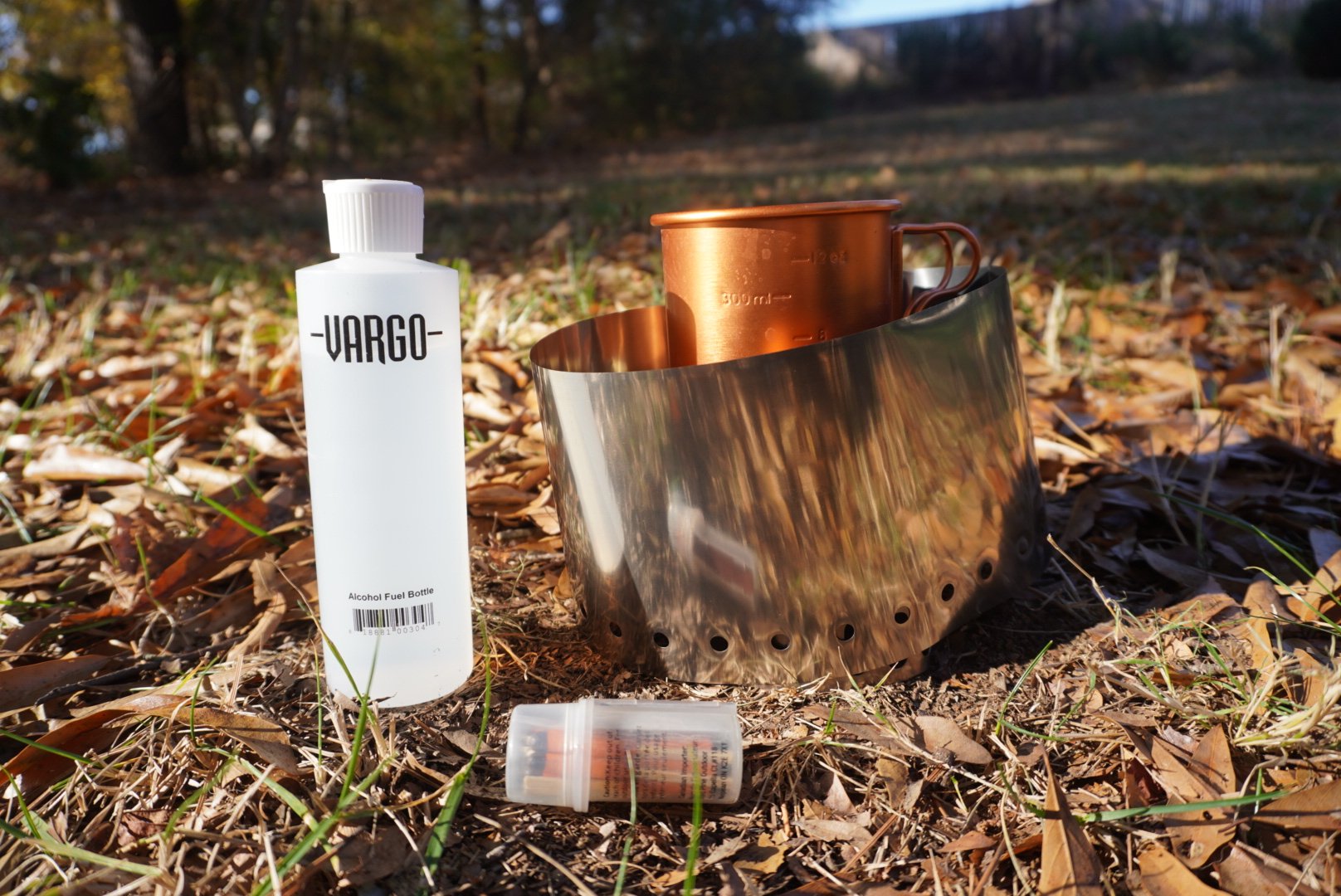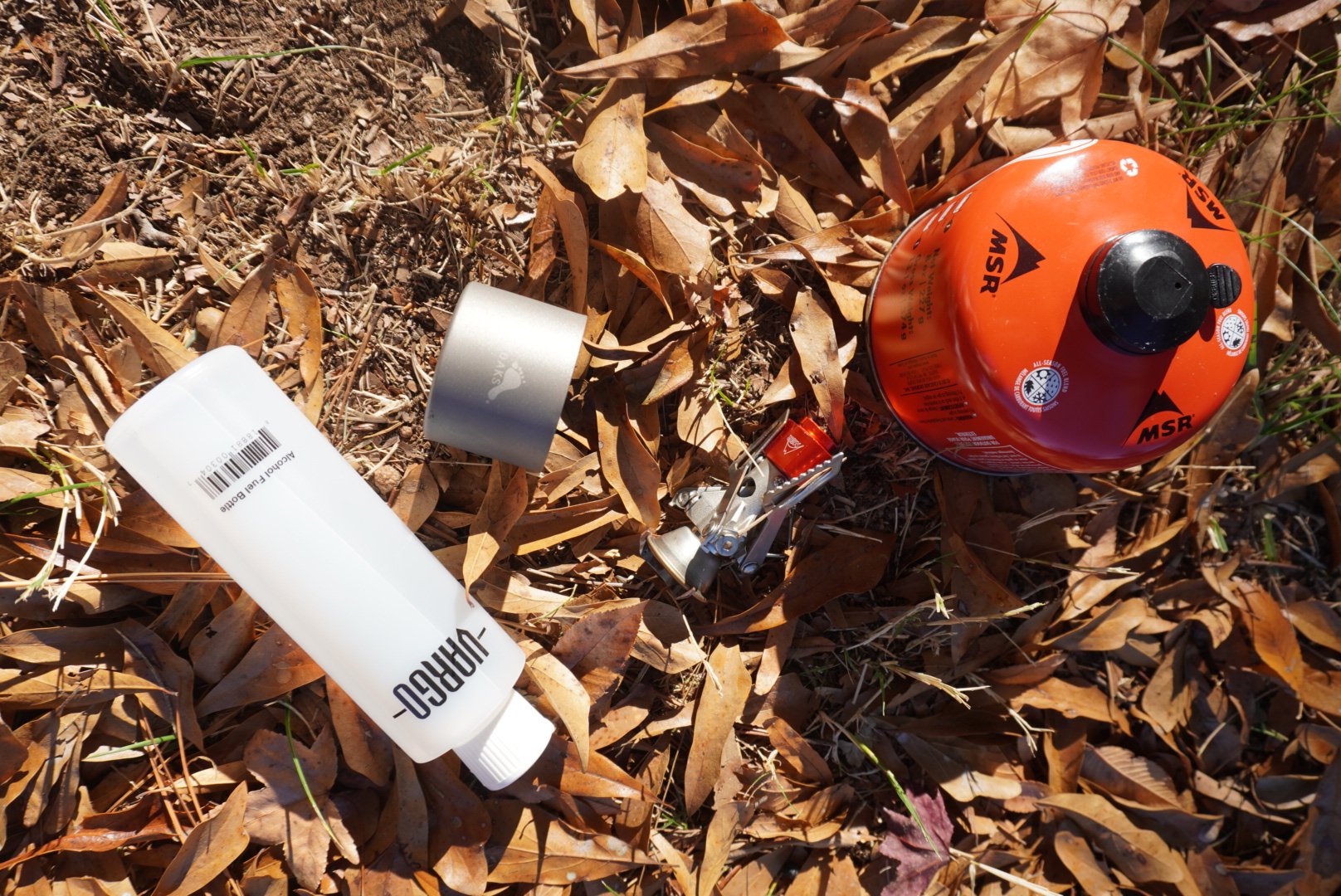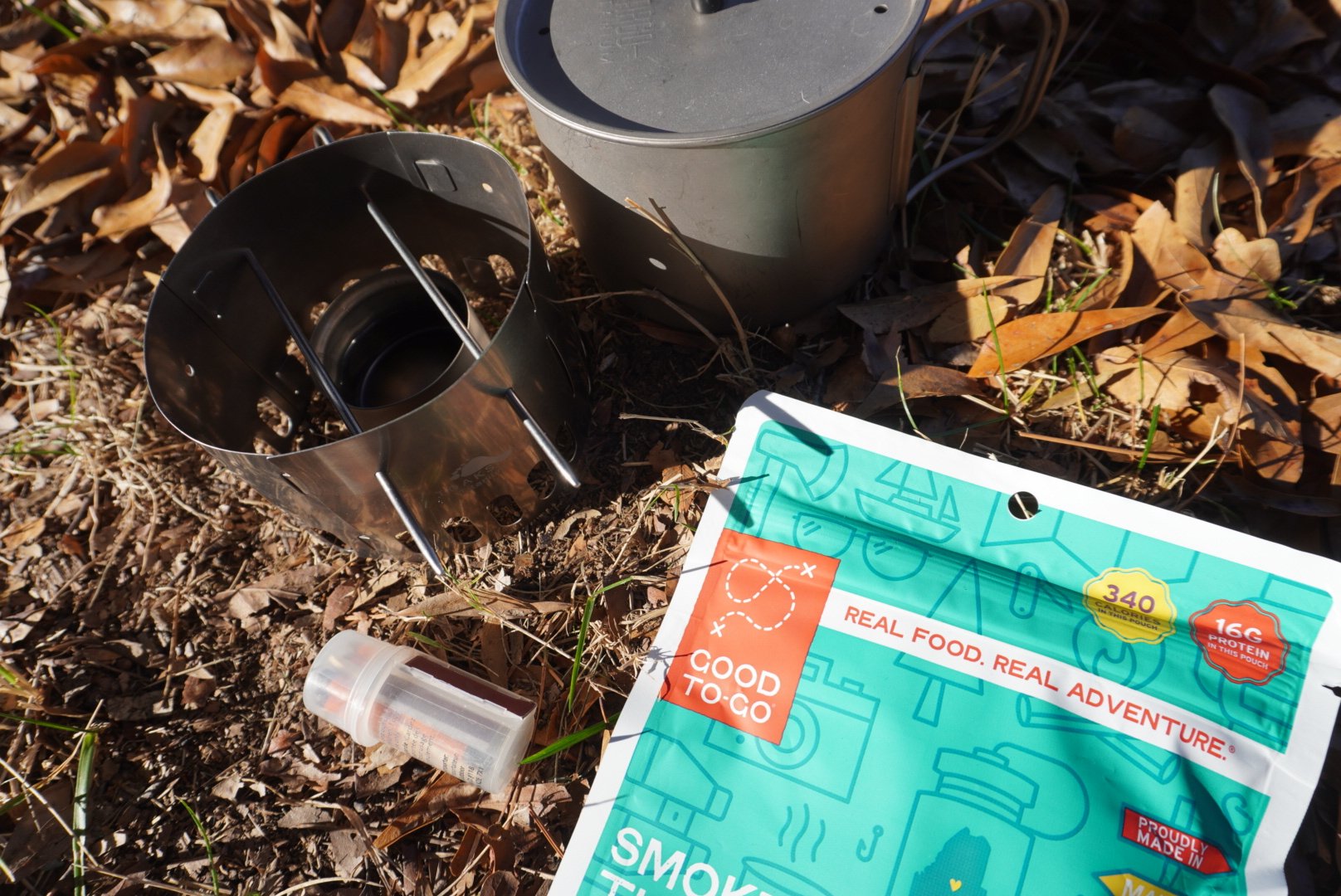Why Alcohol Stoves are Awesome!
NOTE: This blog was originally published on Garage Grown Gear and can be found at the link here.
A map and compass, iodine, and alcohol stoves. This OG ultralight gear was once a staple of my hiking kit. But, now FarOut Guides shows me the way through mountains, and the Sawyer Squeeze will provide me with clean water as long as I live (and backflush).
However, recently, I rediscovered alcohol stoves, and the nostalgia that hit me when I did was enough to earn them a place back in my pack. I’m now using a…
Titanium Siphon Alcohol Stove by Toaks
Fuel consumption: 1 oz alcohol burns for 11 minutes and 30 seconds
Boil time: 2 cups of water boils in 5 minutes and 30 seconds (at sea level, no wind)
Weight: 0.7 oz
Materials: Titanium (grade 1 or 2, no coating)
Here are 7 reasons why I think alcohol stoves are awesome, and why they might earn a place in your ultralight kit too.
Performs in Very Cold Conditions
I’d be lying if I said I reach for the alcohol stove every time I hit the trail, but it may surprise you there are circumstances when it will serve you more reliably than your canister. Specifically, alcohol stoves will continue to work in extremely cold temperatures, including sub-zero.
Virtually Silent
Have you ever arrived at a campground to hear the steady rumble of a generator, distracting from the sounds of birds, rustling leaves, or rushing water around you? That’s kind of how cooking on a canister stove can feel. Thankfully, an alcohol stove is the solar system of camp cooking, at least when it comes to keeping quiet.
Easy to Find Fuel
If you’ve ever gone on an international trek or had to coordinate a resupply here in the US, you know finding canister fuel can sometimes be tricky. I remember several of my tramily members from the Appalachian Trail calling outfitters ahead of hitching into town to put a hold on current stock; and leap-frogging boxes between post offices, which was not only a logistical nightmare, but an expensive one. If this is an anxiety of yours, there is a fuel option for alcohol stoves at pretty much every gas station.
Fuel Options for Alcohol Stoves
Denatured alcohol
Pure methanol
Pure ethanol
Fuel line antifreeze
Rubbing alcohol
A Gear-Lovers DIY
If you’re looking to dip your toe into the wild world of crafting your own gear, an alcohol stove is a fantastic first project. There are videos and articles across the internet on how to assemble your own at varying levels of effort and expense.
Comparatively Cheaper
Whether you pick up a pre-assembled alcohol stove, or go the DIY route, the cost of the stove itself is often cheaper than other backpacking stove options. Add to that the reduced cost of fuel, and you’ll find yourself saving a few dollars with an alcohol stove.
Simple Design
The Toaks Siphon Alcohol Stove is a simple, two-walled design, while most collapsible canister stoves are made up of hinges and screws. The durability of alcohol stoves can be very high for materials such as titanium, and less so for softer, more malleable metals such as aluminum. The thickness of the material and unique features of each design also contribute to overall durability.
Safety Notes
I was taught backcountry cooking on an alcohol stove (and a rather heavy one at that), so that means I’m going to subject you to the rules I learned for keeping safe while managing this particularly finicky flame.
Check local burn bans before using.
In daylight it can be difficult to tell if an alcohol stove is lit or not.
Clear your kitchen. Settle in with your stove in a flat space, on the ground, clear of brush. Remove any leaf litter and keep Leave No Trace in mind while selecting the most appropriate spot.
Have an igniter other than a handheld lighter. Matches or a long-handled lighter are both good options.
It takes 1 oz of fuel to boil 2 cups of water, so plan accordingly when packing for your trip.
Ninja position! As a kid first learning backcountry kitchen etiquette, I was told to crouch down, knees bent at the ready while watching a lit stove just in case the unexpected happened. We enthusiastically dubbed this precaution ninja position but you go with whatever tickles your fancy (but most importantly holds your attention).
Don’t leave a lit flame unattended. This means physically, and with your present attention as well. If the flame is lit, you better not be drifting away to the newest episode of your podcast or catching up on a riveting conversation at the shelter. Your stove requires your full attention, and though this is true of all fires in the backcountry, it’s especially true for alcohol stoves.
Bottom Line
Most folks using alcohol stoves these days are choosing to for a good reason. That reason may span from widespread availability of fuel to bringing back childhood memories, or even the simplicity of a DIY project. At the end of the night, you’ll be happiest if you hike your own hike and make the decisions that best suit your hiking style and the adventure ahead.








